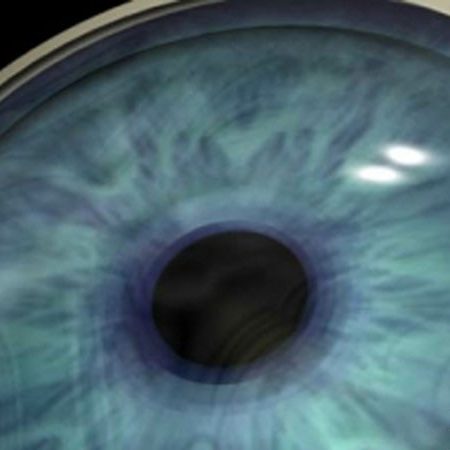ACUTE GLAUCOMA
Acute glaucoma or ‘nail pain’ is a disease of the eye which appears suddenly with a great increase in intraocular pressure and intense pain and which can cause blindness within a few hours. An ophthalmological check-up can allow it to be detected before it occurs and prevent it effectively by means of laser treatment.
What is acute glaucoma ?
Inside the eye a liquid is produced which is called aqueous humor. This is drained by small ducts into the bloodstream. This liquid puts pressure on the eye. When normal, it measures between 10 to 20 mmHg. This draining process can become blocked suddenly when the pupil dilates, causing an increase in intraocular pressure. This can reach 60-70 mmHg and in a few short hours causes atrophy to the optic nerve.

What symptoms does it produce ?
An attack of acute glaucoma presents with intense eye pain (from which the name ‘nail pain’ comes), vomiting, a general feeling of ill-being, blurred vision, seeing coloured halos around lights and terminates with a total loss of vision in a matter of days.
What are the causes ?
The hereditary factor is important, above all with people over 40 and among hypermetropes. The indiscriminate use of certain tranquilizers, bronchodilators or indeed any medication which causes the pupil to dilate, can provoke acute glaucoma in patients who are genetically predisposed to it.
Can it be prevented ?
Acute glaucoma affects 12% of patients who present with a ‘narrow anterior chamber’, which means that the space between the iris and the cornea , where the small conducts which drain the aqueous humor are to be found, is very small and can therefore become blocked due to small dilatations of the pupil. Some patients suffer some episodes before dusk, with headaches and seeing colored halos around lights. The ophthalmologist can detect which patients have a narrow anterior chamber and carry out a simple laser intervention, laser iridotomy, which prevents acute glaucoma from appearing.
How is it treated ?
It is an ophthalmological emergency and should be treated within the first few hours of it appearing in order to prevent blindness. Treatment consists in trying to reduce the pressure with medication and subsequently performing iridotomies with laser on both eyes, even though the acute case initially presents in only one eye. Occasionally it is necessary to resort to a surgical intervention. The final result will depend on the time which has elapsed since the beginning of the attack.
